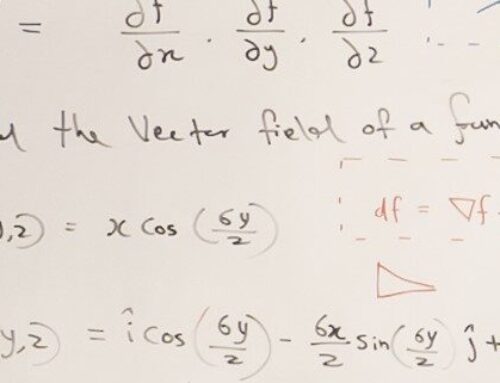In this second of two blogs, Samriddhi Aryal and Swarada Naik (LTA Learning & Teaching Interns) share their thoughts on the Escape Room Showcase hosted by the LTA.
The Escape Room Showcase 2024 provided an opportunity to explore new approaches in education, showcasing innovative ways to improve engagement and practicality in learning. The concept of using an escape room as a learning tool provides an interactive way to improve students’ understanding and memory of academic content.
Escape rooms are commonly known for their entertainment value, as participants engage in solving puzzles and quizzes to successfully ‘escape’ from a themed room within a set time. However, at the Escape Room Showcase 2024, the spotlight was on their educational potential. The concept revolves around integrating academic content into the escape room structure, enabling students to apply their theoretical knowledge in a practical and dynamic setting. This approach enhances learning while making it more engaging.
One of the highlights of the showcase was participating in a live escape room, ‘Escaping the Statistics Labyrinth: A Gamified Approach for Healthcare Students’. In today’s data-centric world, statistics are crucial for informed decision-making across various sectors, including business, healthcare, and social sciences. However, grasping statistical concepts can be daunting, especially for those without a strong maths background. The escape room offered a chance to engage in a challenging activity that tested problem-solving abilities and taught the fundamentals of statistics in an engaging and enjoyable manner. It was intellectually stimulating and required the application of various problem-solving skills. It provided an opportunity to experience how theoretical knowledge could be practically implemented to navigate through complex puzzles and challenges
The showcase also featured lightning talks exploring various applications of escape rooms in education. One particularly interesting talk ‘Bringing Gamification to the Economics Classroom’ demonstrated how gamifying economic concepts can transform tutorials into interactive and collaborative sessions. By incorporating game elements, educators can create a more motivating and engaging learning environment, making complex topics more accessible for students.
Another intriguing session ‘MicroBEscape Room in Higher Education’ introduced the idea of using escape rooms as a means of revising academic material, thereby transforming the revision process into enjoyable activity. By incorporating game-based elements into revision sessions, students can solidify their comprehension in a memorable way, helping them retain information effectively.
Our reflections on participating in an escape room
The escape room was ingeniously designed to make statistical concepts approachable for students who might find traditional maths lessons intimidating. The presenters crafted the game to be both simple and entertaining, ensuring it was accessible to everyone. Upon entering the room, we were presented with a series of doors that we needed to unlock to ultimately escape and complete the game. This was more than just about escaping a themed room; it was about strategic thinking and knowledge implementation. Each puzzle solved provided a deeper understanding for the subject matter and underscored the value of practical application in learning. It highlighted the importance of critical thinking, problem solving and the ability to work under a given time limit, which are essential skills in real world situations.
The initial challenge involved answering questions like, “What is the probability of drawing a king from a deck of cards?” or “What is the probability of drawing either a king or an ace from a deck of cards?” The correct answers to these questions provided the code to unlock the first door. As we moved forward, we encountered more basic statistical problems, such as finding the mean, mode, and median of a given dataset. At first, the task was somewhat frustrating. Solving the problems under the pressure of a timed challenge was not easy. However, navigating through the second door, we began to enjoy the game. The excitement of solving each question and getting closer to escaping was thrilling.
The true magic of the escape room lay in its ability to transform a typically dry subject into an exciting adventure. It was a self-guided learning experience that sparked curiosity and motivation to solve each problem, ultimately leading to the satisfaction of escaping the final door. And yes, we did escape, which felt incredibly rewarding.
Image credit: Photo by Akhilesh Sharma on Unsplash






